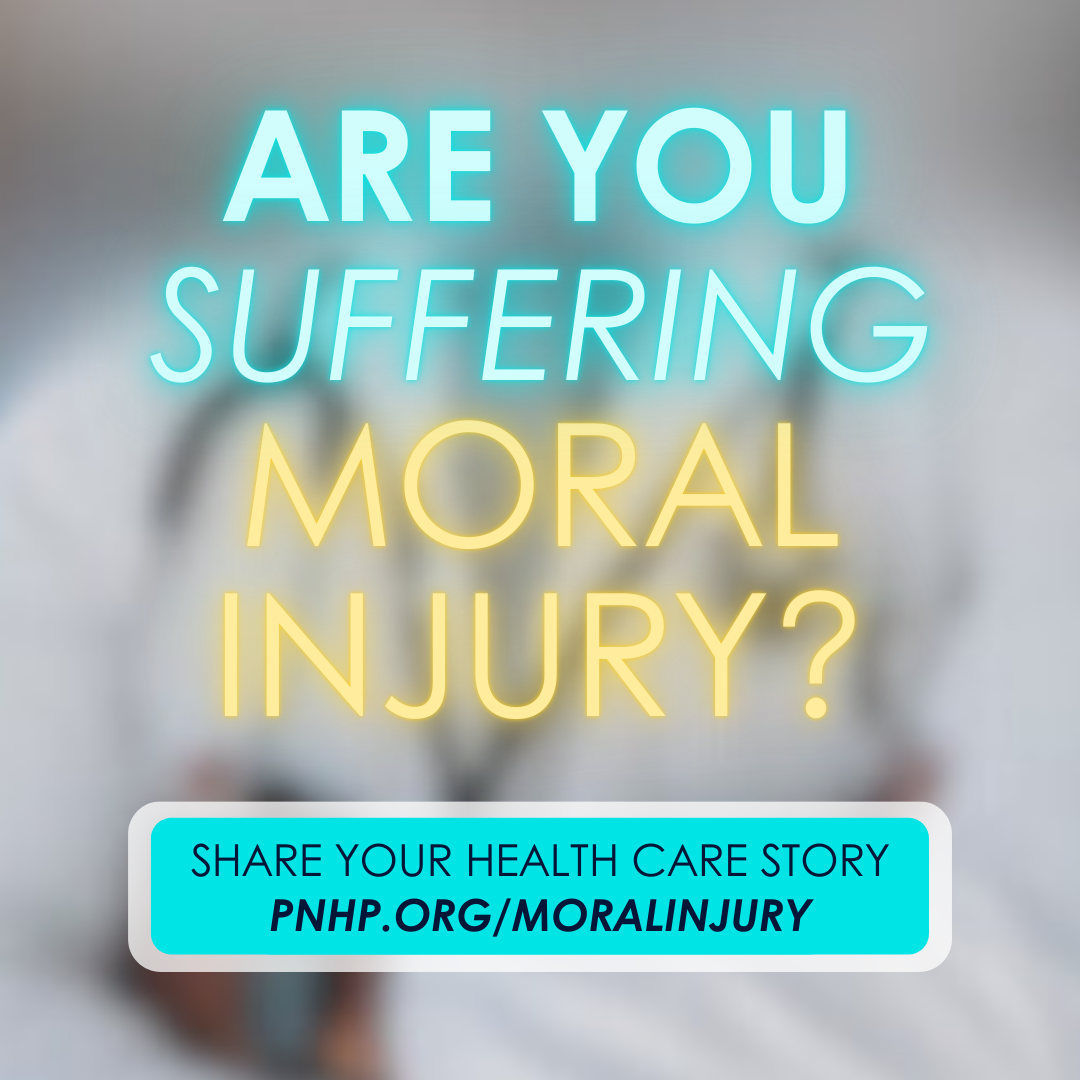To: Sen. Judd Gregg, Ranking Member, Senate Budget Committee
From: Douglas W. Elmendorf, Director
Congressional Budget Office
Letter
July 7, 2009
In response to your request, the Congressional Budget Office (CBO) has considered the likely effects on federal spending and health insurance coverage of adding a substantial expansion of eligibility for Medicaid to the Affordable Health Choices Act, a draft of which was recently released by the Senate Committee on Health, Education, Labor, and Pensions (HELP).
CBO has not yet had time to produce a full estimate of the cost of incorporating any specific Medicaid expansion in the HELP committee’s legislation. However, our preliminary analysis indicates that such an expansion could increase federal spending for Medicaid by an amount that could vary in a broad range around $500 billion over 10 years. Along with that increase in federal spending would come a substantial increase in Medicaid enrollment, amounting to perhaps 15 million to 20 million people. Such an expansion of Medicaid would also have some impact on the number of people who obtain coverage from other sources (including employers). All told, the number of non-elderly people who would remain uninsured would probably decline to somewhere between 15 million and 20 million. (For comparison, CBO’s analysis of the draft legislation that was released by the HELP committee found that, absent any expansion of Medicaid or other change in the legislation, about 33 million people would ultimately remain uninsured if it were to be enacted.)
http://www.cbo.gov/ftpdocs/104xx/doc10445/07-07-2009-ExpandingMedicaid.pdf
From the start it was recognized that insurance exchanges, even if they included a public option, could never provide affordable coverage for low-income individuals. The Medicaid program would have to be expanded to cover this more vulnerable population.
It was also recognized that, even with subsidies, there are many individuals who could not afford to purchase plans through an exchange yet have incomes above the thresholds that would qualify them for Medicaid.
That has led to the new definition of universal coverage as being “close to 95 percent.” This CBO analysis provides support for that view. Leaving only 15 to 20 million people without coverage has become one of the parameters that will define “success” in the reform efforts.
And costs? This Medicaid expansion can be accomplished for only half a trillion dollars (federal component), that is if it is agreed that the program will continue to be chronically underfunded. If it is eventually decided that Medicaid must cover actual health care costs, then add those costs to this half a trillion dollars plus to the funds already obligated for the 60 million people now covered by Medicaid. Once 75 to 80 million people are on Medicaid – over one-fourth of our population – adequate funding will be essential if there are to be enough willing providers to be there to give care when needed.
Keep in mind that all health care costs still must be met one way or another in a fragmented multi-payer system, but with the inevitability of inequitable cost shifting. This inequity potentially can have an adverse impact on the health and finances of tens of millions of Americans. However the total costs are much higher than they need to be because of the profound inefficiencies of this dysfunctional financing system which Congress has elected to protect and expand.
Under a single payer system – a reformed Medicare for all – everyone would be included automatically and without the projected cost overruns that are plaguing the current reform process. Those were the goals of reform, but they seem to have been chewed up in the legislative sausage machine of Congress.
